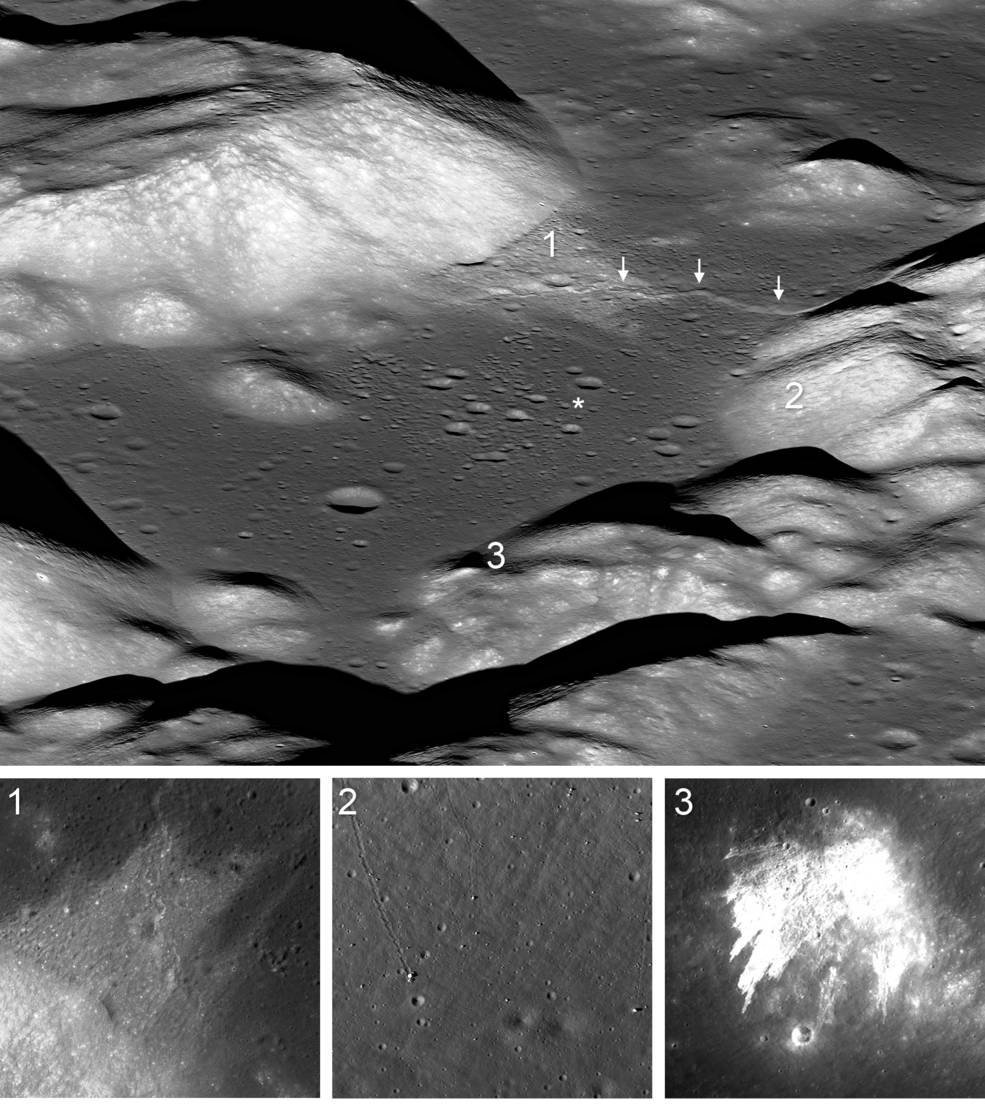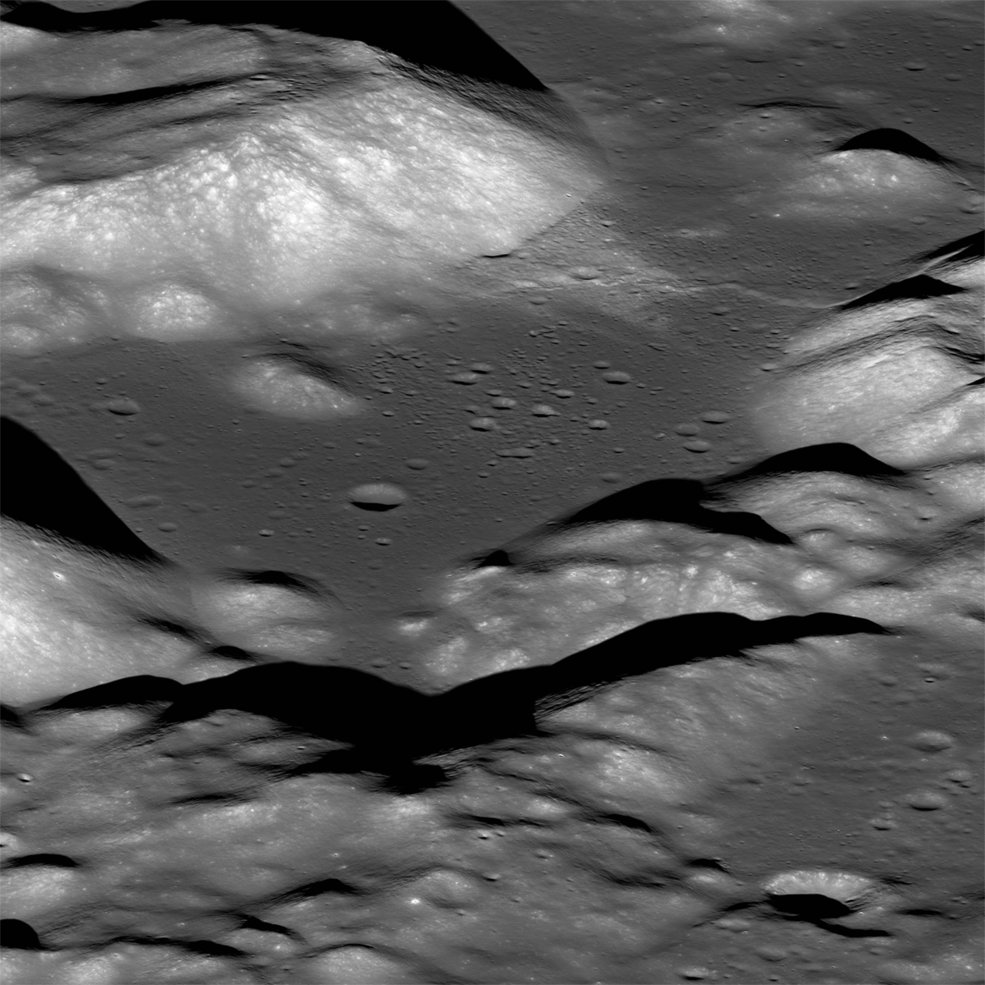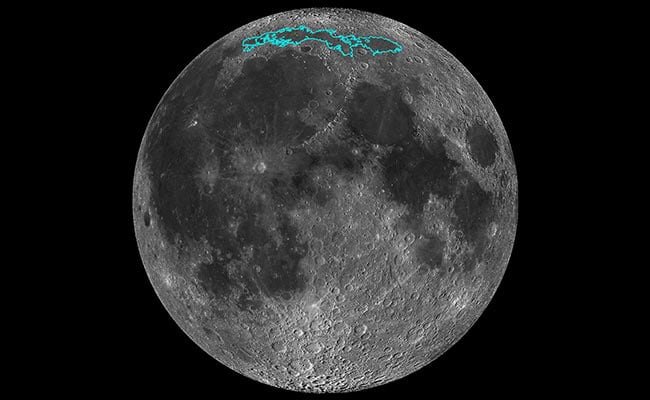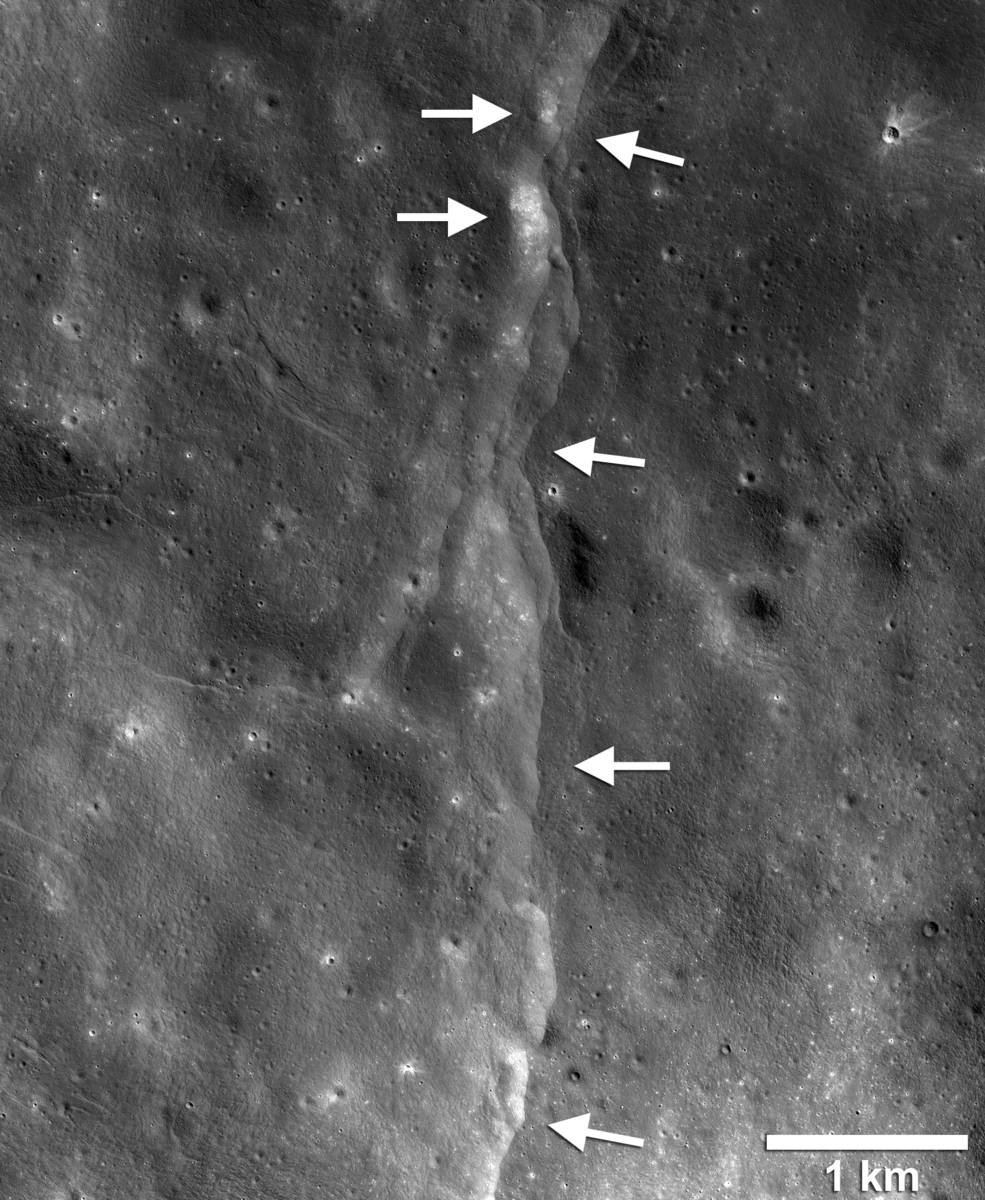According to an analysis of imagery captured by NASA’s Lunar Reconnaissance Orbiter (LRO) published on Monday, the Moon is steadily shrinking, causing earthquakes and wrinkles on its surface.
According to experts, due to the absence of tectonic plates on the moon, its interior has cooled over the last several hundred million years, causing the surface to wrinkle as it shrinks. Shrinking has caused the moon’s brittle crust to break.
Experts say, that this effect creates stair-step cliffs known as ‘thrust faults’ where one section of the moon’s crust is pushed up over an adjacent section. Now, there are thousands of cliffs scattered on the moon’s surface that are almost a few miles long and ten yards high in measurement.

The Moon has become about 150 feet ‘skinnier’ over the past several hundred million years, according to a study.
Thomas Watters, a senior scientist in the Center for Earth and Planetary Studies at the Smithsonian’s National Air and Space Museum in Washington said, ”Our analysis gives the first evidence that these faults are still active and likely producing moon-quakes today as the Moon continues to gradually cool and shrink.”
Watter’s further said, “Some of these quakes can be fairly strong, around five on the Richter scale.”

About 28 moon-quakes have been recorded between 1969 and 1977 according to a data from the seismometers placed on the moon during the Apollo 11, 12, 14, 15 and 16 missions.
John Keller, study author and Lunar Reconnaissance Orbiter project scientist at NASA’s Goddard Space Flight Center said, “It’s really remarkable to see how data from nearly 50 years ago and from the [orbiter] mission has been combined to advance our understanding of the Moon while suggesting where future missions intent on studying the Moon’s interior processes should go.”
According to researchers, the moon’s surface is actively changing because it is believed that the quakes are still occurring.

Nicholas Schmerr, an assistant professor of geology at the University of Maryland who co-authored the study said, “It’s quite likely that the faults are still active today. You don’t often get to see active tectonics anywhere but Earth, so it’s very exciting to think these faults may still be producing moon-quakes.”

Renee Weber, study co-author and planetary seismologist at NASA’s Marshall Space Flight Center said,”Establishing a new network of seismometers on the lunar surface should be a priority for human exploration of the Moon, both to learn more about the Moon’s interior and to determine how much of a hazard moon-quakes present.”
Top picks for you

















